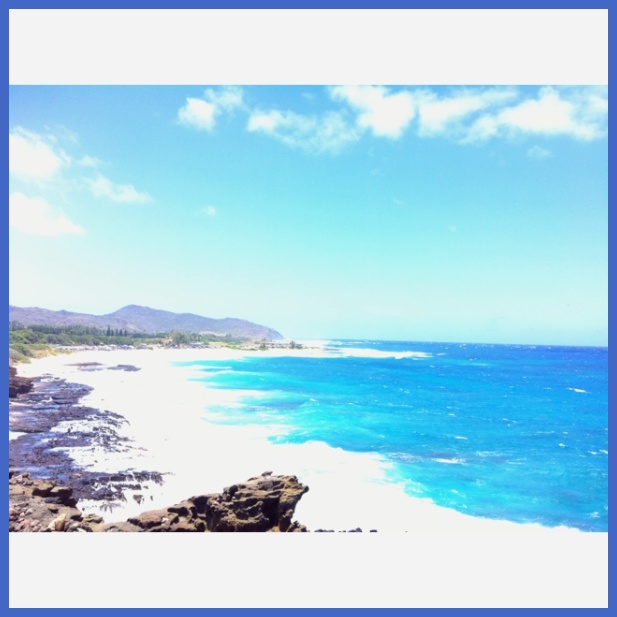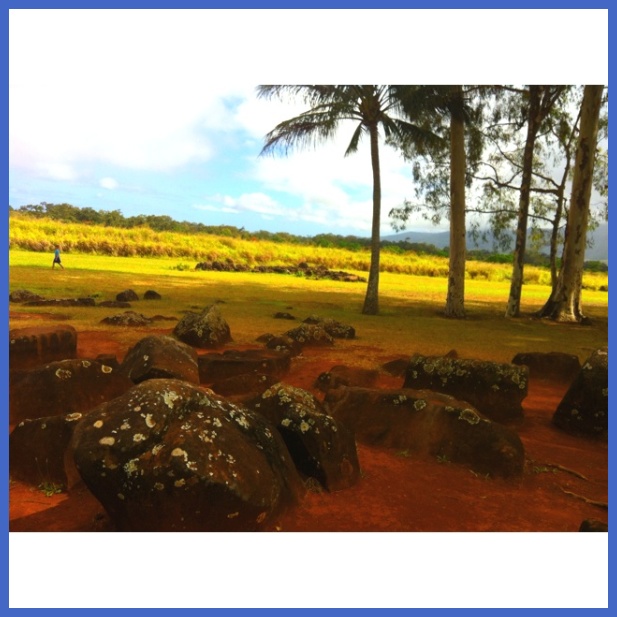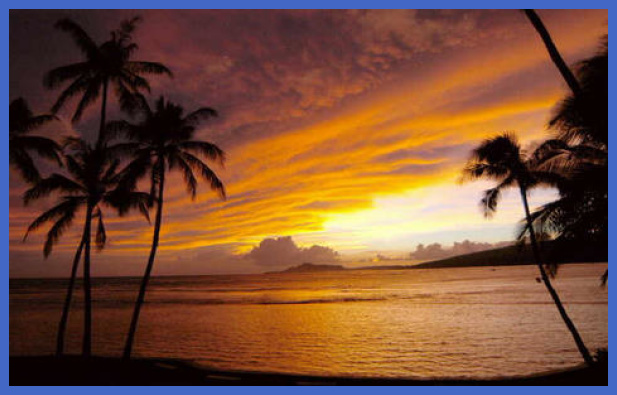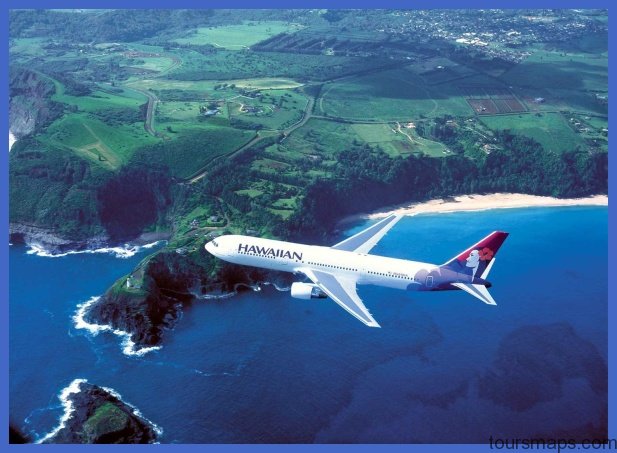Identity: Facts and Figures
Identity in the state of Hawaii can be said to be more sui generis than in other states due to its past and present history. Hawaii is the most multiracial state in the nation and is slated to have the highest percentage of minorities (77.3 percent) by 2025.1 The data from the 2000 Census Report indicates that a staggering
24.1 percent of its population defined itself as belonging to two or more races, followed by far by Alaska (with 5.4 percent) and California (with 4.7 percent). It is not surprising that Honolulu has now become the city with the largest mixed-race population in the United States, at 14.9 percent.
The largest ethnic group on the Islands identifies itself as Asian, at 41 percent (510,354), followed by Whites or Caucasians, at 23 percent (284,455); a third group, which considers itself multiracial, makes up 18 percent of the population (217,171); and in fourth place are Latinos, who make up 7.2 percent of the population (87,699).2 The American Community Survey of 2005 figures indicate a growth of the Latino population in Hawaii to 98,699 people, or 8 percent of the total population. In fact, this figure jumps to 10 percent according to Latino activists, once legal and illegal migrants are taken into consideration.
Latinos are growing at a much faster rate than any other single ethnic group in Hawaii: of the 5-25 age population, 10 percent is Latino, whereas 40 percent is Asian, 16 percent white, and 2 percent African American. Those who consider themselves multiracial, a consequence of the high degree of intermarriages that
are so common in Hawaii, and indicate Other on the census form, make up 31 percent of the 5-25 age population.
The proportion of Latinos and Native Hawaiians (as well as Pacific Islanders who are included in the same category) is presently balanced; however, economic factors such as the elevated price of housing have forced Native Hawaiians to move elsewhere. Data from the U.S. Census Bureau indicate that in 2004, 30.3 percent Native Hawaiians and other Pacific Islanders lived in California, whereas only 26.2 percent lived in Hawaii (5.7 percent lived in Washington; 4.9 percent in Texas; 3.4 percent in Utah.; and 3.2 percent in Nevada).
If the most numerous ethnic group among Asians is the Japanese, Puerto Ricans make up the largest Latino group on the Hawaiian Islands (34.2 percent), followed closely by Mexicans (22.6 percent). The fact that Latinos in Hawaii reported more than one race would explain how the third-largest group is a composite of Others (38.4 percent). Other Spanish-speaking groups are Spaniards (1.1 percent), Cubans (0.8 percent), Panamanians (0.5 percent), Colombians (0.5 percent), Peruvians (0.4 percent), Dominicans (0.3 percent), Salvadorans (0.3 percent), Guatemalans (0.3 percent), Argentineans (0.2 percent), Chileans (0.2 percent), and Ecuadorians (0.2 percent).
Oahu, the seat of the capital, holds the largest number of Latinos on the Hawaiian Islands, 7.1 percent of the population, whereas the island of Hawaii has the highest percentage of Latinos, 11.6 percent.3 A significant number of Latinos on the Islands are stationed at the military bases; for example, on the island of Oahu 16.2 percent of the personnel on Schofield Barracks and 8.37 percent on Hickam Air Force Base are Latino.4
Economy
The economic development in postcontact Hawaii was dominated by the sugar and pineapple plantation industry. However, plantations disappeared in the 1990s, and the economy, which has since attempted to diversify, is sustained by tourism, defense, and highly technological innovation industries. The low unemployment rates (2.3 percent in 2006) have attracted Latino migrants to the construction and service industries, especially to Maui and the Big Island. According to the 2000 U.S. census, the foreign-born population of Hawaii arrived primarily from Asia (83.3 percent), Oceania (6.3 percent), Europe (4.9 percent), Latin America (3.2 percent), Northern America (1.8 percent), and Africa (0.5 percent). Interestingly, it is on the more sparsely populated islands of Maui, Lanai, and Molokai that there is a greater percentage of businesses owned by Latinos (5.1 percent vs. a 3.1 percent on the rest of the islands). On Maui, more than 100 Latino-owned companies have opened in the last 6 years, especially in the construction, landscaping, cleaning, and restaurant industries.
Government
Although Latinos make up the fourth-largest group in Hawaii, this 10 percent of the population has very little visible government representation and largely remains a politically invisible group. Although it is true that the number of Asian American appointments has declined, Latinos, in spite of the requisite population, have not been appointed to top policy positions. Two of the few local Puerto Ricans who have served the Hawaiian government are Faith Evans, a former state legislator, and Alex Santiago, a former Hawaii state representative.
Travel to Hawaii Photo Gallery
Maybe You Like Them Too
- Explore Doncaster, United Kingdom with this detailed map
- Explore Arroyito, Argentina with this Detailed Map
- Explore Belin, Romania with this detailed map
- Explore Almudévar, Spain with this detailed map
- Explore Aguarón, Spain with this detailed map








